THE KEY to MORGAN'S CAKE climax––it's about the "Illegal White House reproduction" entry in SF Chronicle's newspaper-GRAB BAG. That meant that I actually had to GET THE CAKE MADE somehow, didn't I?
SEE "MORGAN' CAKE" TRAILER: https://vimeo.com/ondemand/morganscake
(Excerpted from book, THE MIRACLE OF MORGAN'S CAKE––Production Secrets of a $15,000 IMPROV Sundance Feature").
White House Cake/the Movie Scripts Itself
Since we had already shown Leon’s kitchen table in previous shots, and had received permission to use the house as a set, I asked permission from his parents to return there for the final cake-making scenes. By this point in the shoot, you can see how already completed scenes were now dictating what should be added. If a White House cake was a central construct of the movie, with Morgan using a cake to express his protest against the draft, then that additional “big-budget” scene (the actual “White House-shaped cake” needed to be baked—not a small task!). It seemed like it must be produced somehow, but how, and how expensive?.
To finish up the movie I realized that (1) I needed a scene of Morgan getting the “Cake” idea somehow, suddenly recalling something about what Leon had read aloud from the Grab Bag newspaper earlier, and (2), I should show Morgan actually making a cake. I imagined it would be fun to see Morgan, Leon (and Rachel too, if she was available), working together in the kitchen at Leon’s, mixing up batter and eggs, in general making a big mess, something comical, showing the different male/female approach to cooking.
And what else did I need? Well, (3) Morgan would somehow have to bring his illegal deed – creating the White House cake – to the attention of the authorities. For that, I decided that a phone call from Morgan to “police headquarters” was the most expedient solution, turning himself in for his crime. And finally (4), to round out the movie’ss “cake” scenes, there needed to be a 18th birthday party for Morgan, with
his close friends Rachel, Leon, and new acquaintance, John, present, with the finished White House cake filling the middle of a table set with all the usual birthday decorations.
Since the actual pastry work involved in making a White House cake was beyond our facilities and abilities, I had no choice but to save that birthday party scene, as well as the lead-in phone call, for a later shooting day. At any rate, building on what I already had in the can, a certain logic now determined the final links we had to forge. So, at this point, the movie was scripting itself.
NOTE: In my estimation, you can only reach that magic moment where your movie tells you what scenes are needed if you work continually for a week or more, shooting your movie in that compact period of time. If possible, shoot your scenes in chronological order . Only when you build incrementally toward a movie’s ending will you be able to envision what’s finally needed, based on all that’s come before.
———-
“Grab Bag” in Spanish
Fortunately, Leon’s parents continued to be supportive, so their house would be the location for accomplishing the four final pieces of the Morgan's Cake. They granted us full run of their place for those additional two extra days. Then a miracle occurred, with Laurie Darling offering to MAKE THE CAKE! She said she’d try to bake a cake faithful to the architectural specifications of the White House (which I’d found in a book), and deliver it in its frosted glory by the appointed day. Fortunately she was an expert pastry chef , and generous to boot. She said that, provided I covered the cost of ingredients (considerable, given the size cake I needed), she would donate her time to accomplish the job. What a friend! She was even risking police arrest – if we are to believe the Grab Bag!
———-
With the White House cake-bake set in motion, I began looking for a suitable location at the Kenin’s house for shooting the scene with Leon and Morgan, some room where the idea to actually make a White House cake would occur. Leon’s bedroom, though extremely cramped, seemed like the right spot. Again, we were saved by Kathleen having her special, and expensive, 9.5-150 Angenieux wide-angle lens. Without it we would never have been able to get our shots in that tiny space.
I had Morgan sit in a chair under a mirror which caught Leon’s reflection from where he sat, facing him across the room. While I was aligning the framing of Morgan, and Kathleen was lighting him, Leon was goofing off behind me, making gung fu sounds and tensing up his face and hands ala Bruce Lee, just playing around to kill some time. He was obviously in a playful mood, because when I handed him the Grab Bag newspaper to read some new blurbs – a lead-in to Morgan suddenly remembering the White House “illegal cake- making” quote from days before – he started translating the text into Spanish, practicing a language in which he’d recently become proficient. Wow. It sounded strange, but interesting.
What if Leon first read the Grab Bag facts in Spanish, I wondered, then immediately afterward translated each quote into English. What if he did that a couple of times before Morgan interrupted, for help remembering the White House blurb. Remember the thing about the cake? Morgan could ask.
I realized that I could make use of the gung fu poses too, have Leon jump into that goofy stuff I’d seen in the mirror moments before, to stall out the scene while Morgan became intense as his cake-making idea came to mind. Finally, Leon could snap out of his weirdness and quote the White House blurb, as he remembered it (it didn’t have to be verbatim to be effective). I’d then cut between Leon and Morgan-with-Leon- in-the-mirror as Morgan hashed out his concept and announced his commitment to a final plan of action – protesting draft registration by baking an illegal White House cake. (You can see that the scene was trying to write itself, and all I had to do was record it by 'freezing the actors” long enough to get the shots!)
Here’s the improvisational dialogue from Morgan:
Morgan: That’s it! Do you get that idea?
I can make that cake and use it as a peaceful way...
...to demonstrate that I don’t want
anything to do with the draft.
I don’t want anything to do with that…
…you know what I mean?
It’s like a symbol of defiance.
Do you understand that?
It’s illegal, but it’s so stupid.
I’m going to make a cake, Lee, a big cake...
...and it’s going to be just like the White House.
And there it was, a lovely series of improvisations by Morgan and Leon, to pull the movie into its final glide-path. By inter-cutting the “Morgan romping like a gorilla” right after that, all set to music, plus adding images of ebullient “cake-making” that I would shoot next in Leon’s kitchen, I had the ending which the movie demanded.
On-Location Cake Wrap-Up
The next day, after Laurie Darling delivered the huge pastry in the form of the White House, I got to shot the final birthday cake scene for Morgan’s Cake. Was it really illegal to make that pastry? I wondered more than ever, as the big cake was carried to the kitchen table. Why did the Chronicle Grab Bag report that it was so? Probably because an exact duplication of the White House floor plan would be illegal in any form, since such a map could aid a terrorist attack on a president.
Even after I had forewarned Laurie of the risks to national security, explained how she might be looking at ten years in a federal penitentiary, she still went ahead and delivered the goods. Well, what was real here, risk-wise, I wondered? I liked to imagine that the risk of White-House-cake-making was a joke, but back in the 1970s when filmmaker friend William Farley made some sheets of U.S. stamps with his image on them – just the back of his head, with hair in a pony tail – as an artwork to protest the Vietnam War, he almost got in deep Federal trouble.
A buddy of Farley’s actually used one of the fake ten-cent stamps to mail a letter to Arizona, and it didn’t take long for federal agents to hunt Bill down. He told me it was only the publicity of the resulting media story that saved his skin. A teacher at the California College of the Arts (CCA), in Oakland, where we were both students, told him that if he could get his story out in print, explain his art background, education, etc., it could hopefully get him off the hook.
A full-page set of art-stamps by William Farley. (He’s currently writer/director of a WWII anti-war documentary on healing, entitled, I WANTED TO BE A MAN WITH A GUN––Grand Prize Winner, RICHMOND INTERNATIONAL FILM FESTIVAL, 2024.
Luckily Laurie didn’t end up having that same kind of hassle – G-men on her trail – as a reward for helping a fellow artist make his movie, (But, then again, if she wanted publicity as a pastry chef...).
So, OK. Back on the case. We returned to Leon’s kitchen, decorated the ceiling with a few crate paper streams and balloons, sat Rachel, Leon, and John down at the table and prepared to shoot the finalé. It took a while for me to line up a shot that would allow me to include both “Morgan talking to the police” on the phone (he was actually talking to actor Willie Boy Walker on an upstairs extension), and slowly panning off him to the birthday cake and guests. By rotating the camera horizontally almost 180 degrees, I let the shot travel along the kitchen walls, past pantry and cupboards, to finally end up with a good framing of three teenagers seated at the kitchen table across the room. After a few trial runs, Kathleen was able to do a fine job of follow-focus, adjusting the camera’s lens as I moved through all those varying focal distances.
Following the master panning shot, I moved camera and tripod behind the small birthday group at the table (reverse angle) and let Morgan walk into the shot, strolling toward the lens (into the area of focus). He leaned down over the table and blew out the flames of the “number 18” candle I had set aglow on the roof of the White House cake.
That completed the work at Leon’s house and the shooting of major scenes (principle photography) for MORGAN'S CAKE (watch the entire finished movie here)..
During editing I decided to run credits of cast and crew superimposed over the camera pan into the kitchen, that is, while the action of the movie was still unfolding. Morgan can be heard turning himself into the police for baking an illegal cake as you watch the names of the actors and camera/sound/crew personnel fade in and out. That concept worked effectively with audiences, I think. Just as a comic highpoint was occurring (Morgan and his ridiculous police call...) the movie starts to end, wasting none of the audience’s time. If you like the movie you’d probably enjoy the credits as well. And only in the credits does the audience get to see a close-up of the finished White House cake in all its glory.
Hi-8 Video Pick-ups
After shooting wrapped (there was no “wrap party”...too tired for that), I brought the White House cake back to the little rented office location above Jumbo’s restaurant and went home to bed. Then, after recouping my energies for the next few days (I monitored the cake’s deterioration between grabbing a few meals at Jumbo’s), I spent another half-day shooting the pastry with my Hi-8 video camera, figuring that I’d use that close-up examination of its shape, color and textures as part of a final credit sequence. To create some color video footage that could successfully cut with the previous 16mm footage shot at Leon’s, that meant I needed to incorporate the same party tablecloth and duplicate the layout of plastic knives and forks, lay out the plates again, replace and light the “18” candle again, etc.
After “dressing my set” – setting up the party scene and cake on the office desk – I shot close-up enough to avoid any angles that might reveal the fact that nobody was actually at the table and that we weren’t in Leon’s kitchen anymore. To light the scene I simply used the desk’s pole lamp, moving the light with my left hand while I shot Hi-8 with my right, in an attempt to emphasize details of the cake that were hard to see on the white-on-white frosted surface. Happily, the color video held its quality when kinescoped to 16mm later at the lab.
All the contours of the cake, the textures in frosting and attention to detail – cornices and columns – and little paper American flags, helped give the movie a satisfying and enjoyable comic conclusion (THANKS TO LAURIE DARLING. then wife of artist Lowell Darling, for her great baking of “The Cake”!). I also included an image of the Grab Bag article with the White House blurb in the credits, just in case anyone thought I’d just made the whole thing up.
Final Thoughts
After experiencing my detailed account of the week-plus-weekend 9-day production of Morgan’s Cake, it should be clear that each day of shooting had some things in common, including: (1) my firm belief that actors and non-actors could supply important improvisational dialogue and concepts that ultimately become story threads, and (2) that everyday occurrences could and should be incorporated into the moviemaking process.
I hope I’ve made it clear that the moviemaker must not let any opportunity pass her/him by, whether it be noticing a great location out of the corner of the eye, remembering old friend’s (Nick’s and Willie’s) great real-life stories that perfectly fits the ever-evolving direction of a the story, or fixating on some side interest or hobby (like collecting historical photographs) that can supply unique footage during the edit.
And if you enjoy writing, then any pre-visualizing of scenes and dialogue before the shoot will enhance the final product, even if you don’t hand out a single page of the script to actors.
Ultimately the work of directing a movie into existence on-location will be affected by your subconscious mind, which naturally tends to create order out of chaos. That’s just how our brains seem to work. So you don’t need to script in the traditional sense to tell your stories, in film or digital video. Even when I’ve approached making a DV feature with absolutely no idea, no concept, no storyline or script in hand (no actors cast or locations selected), I’ve still ended up with a movie that had a structured plot development, some sort of beginning, middle, and end (to see a good example example of this flying blind please check out NO TEARS FOR BANKERS here (94 min., ©2012). which had very little in place when I arrived at the Rome, GA set!).
You don’t need a printed roadmap to explore the mysteries of life and share your discoveries with others. All you have to do is pay attention and not second-guess yourself.
The great as-yet-unmade movies of the new millennium will take advantage of the ease of DV, in which thoughts can be translated into electrons riding on plastic strips, disks, and internet in an instant. To join in this thrilling adventure all you have to do is pick up a camera and shoot.
———
(Here’s basically the best, most complete (AND IMPORTANT) review that MORGAN’ CAKE received, that hits on many of the key points I’ve illustrated in my week+ of Substack postings about the movie. So, please enjoy this type of recap!)
———
MOVIE REVIEW
Morgan s Cake (1989)
Review/Film Festival; ‘18, Out of Sync With the World and Vaguely Disbelieving,” By JANET MASLIN, Published: THE NEW YORK TIME, March 25, 1989.
Made on a shoestring - and a very small shoestring at that, the $15,000 budget recommended by Rick Schmidt in his book ''Feature Filmmaking at Used Car Prices'' - Mr. Schmidt's ''Morgan's Cake'' is a deadpan, unpretentious delight. The title character, played by the film maker's son, Morgan Schmidt-Feng, is no less comically out of sync with the world around him than the gorilla-suited David Warner character in the 1966 movie for which Morgan was named. ''Morgan's Cake'' adopts his point of view and reflects his bewilderment in sly, fresh, unexpectedly comic ways.
The film observes this younger Morgan as he grapples with the problems of being 18 in America and, more specifically, California. ''I wish we could be here before any kind of civilization,'' someone says when Morgan and his surfer friends visit the beach one day, and in a way, they are. Morgan wanders through the film registering vague disbelief at the odd situations in which he finds himself, even those - especially those -that involve his immediate family and closest friends. he becomes the film's only character to break out of what Mr. Schmidt seems to regard as an all-encompassing, culture wide daze.
How does Mr. Schmidt work so cheaply? ''Morgan's Cake'' is shot in black and white and made up of very long scenes, most of which have the unpredictability of first takes. A lot of the cast apparently consist of relatives and friends, and the film uses real houses and beaches and backyards for its sets. The result is a fine, quirky spontaneity that perfectly suits Morgan's mild bewilderment with the people and places he encounters. The film is dryly funny in simply letting the camera roll, recording the little absurdities that, to Morgan, have suddenly begun to seem immense.
His parents are divorced, both struggling artists, each so wholly self-absorbed that neither has much time for Morgan's problems. His father (Willie Boy Walker), who sometimes works as a cook, does take the trouble to deliver a long lesson on how to fail an Army physical, since his draft status at 18 is one of Morgan's main worries. (As for the intelligence test, his father advises that Morgan claim to see some link between a chicken, a rubber band and a light bulb.) Morgan's girlfriend, Rachel (Rachel Pond), is just as diffident, hovering outside the frame of the film as Morgan explains what he likes about her. One of the film's best extended scenes has Morgan explaining to Rachel's parents that their daughter may be pregnant. It's consistent to the film that no one reacts too dramatically to this news, although Rachel's parents do insist that the backyard fountain be turned off so they can absorb this news and tell Morgan he needs more of an education. ''Who's Albert Schweitzer?'' Rachel's mother asks him.
The film takes its title both from Morgan's figurative desire to have his cake and eat it too, and from his highly original scheme for outwitting his draft board. ''Morgan's Cake,'' one of the most promising films in this year's New Films/New Directors series, will be shown tonight at 9 o'clock and tomorrow at 1.
————-

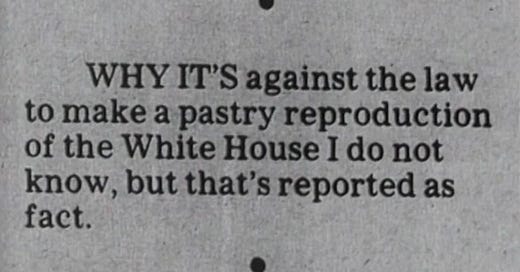



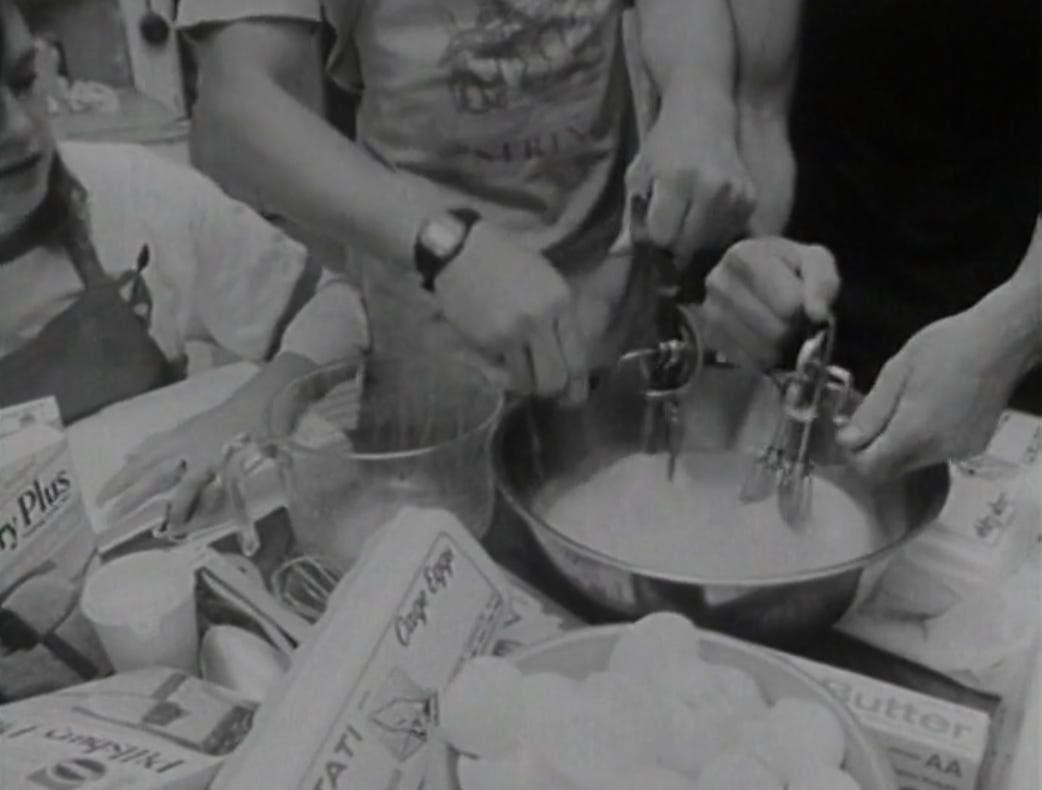
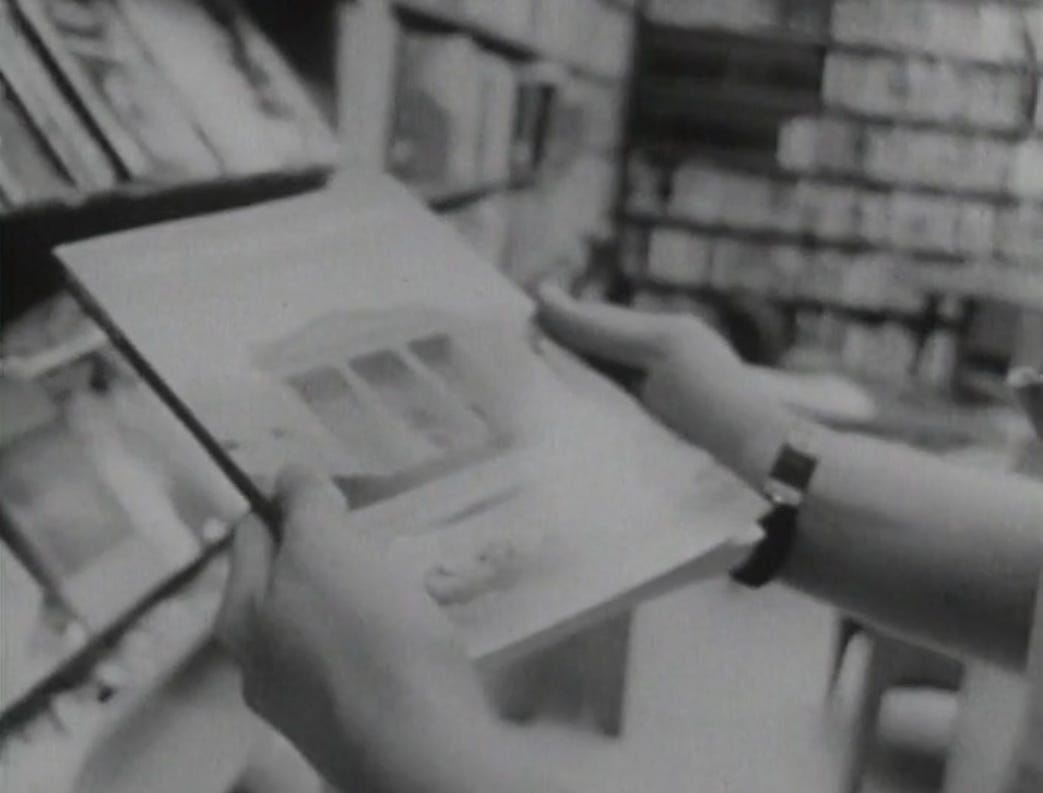
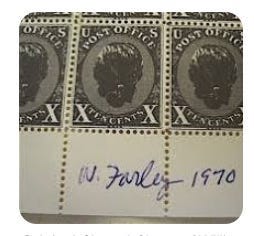
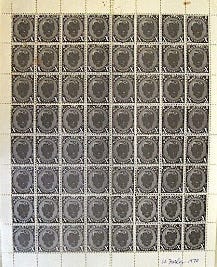
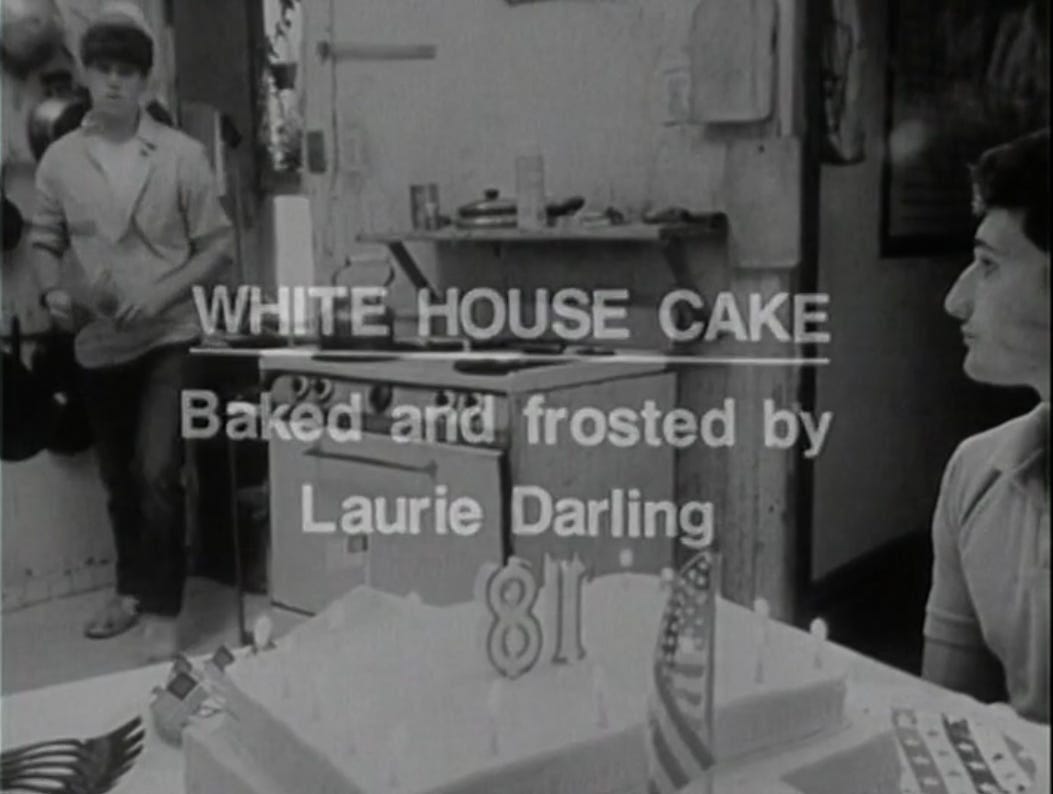
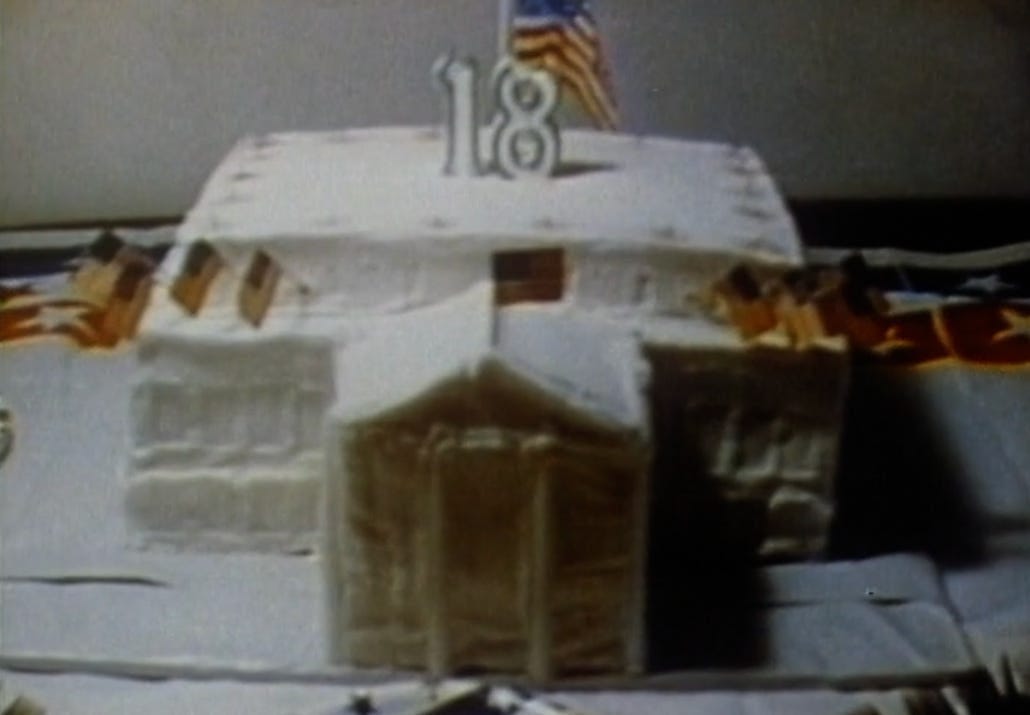
(Somehow this comment disappeared from yesterday.)
I love the way these quotes from the piece fall into place (at least for my own predisposition:)
General Premise: "You don’t need a printed roadmap to explore the mysteries of life and share your discoveries with others."
Specific Application: "(1) My firm belief that actors and non-actors could supply important improvisational dialogue and concepts that ultimately become story threads, and (2) that everyday occurrences could and should be incorporated into the moviemaking process."
Conclusion: "All you have to do is pay attention and not second-guess yourself."
Sometimes ya gotta bake .,.the cake . sometimes it puts itself together. Sometimes ya name it for someone who gets things done lol